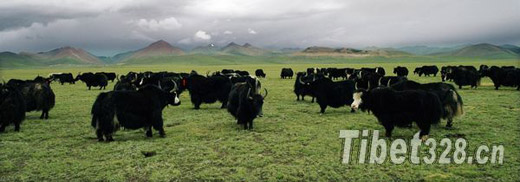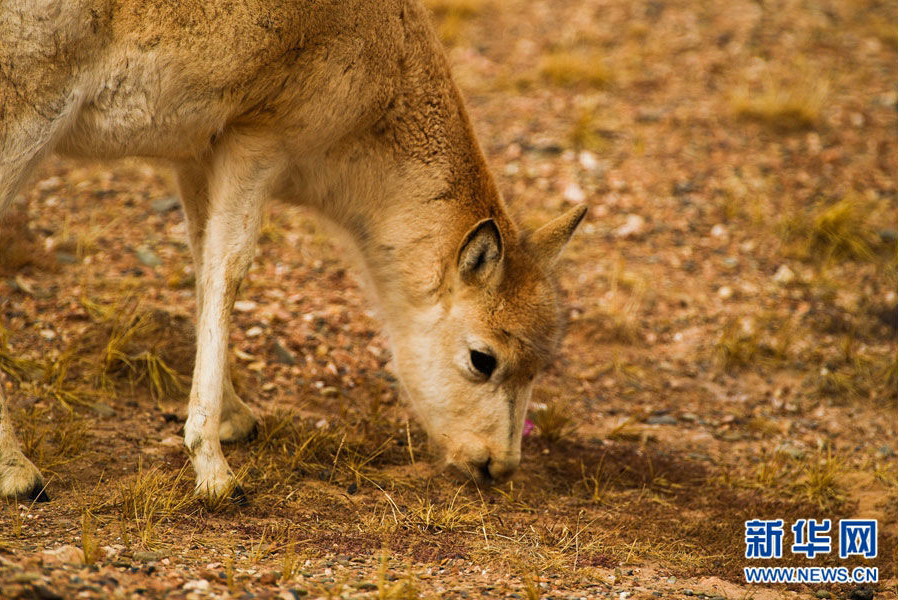Tibet standing firm on conservation

NPC deputies Pema Choidron (center), Phuntsog (at right) and Yontan (at left) prepare their speeches before the start of a panel discussion with the Tibet delegation on Thursday. Kuang Linhua / China Daily
Tibet will not sacrifice ecological conservation for development despite the region setting its economic growth target at 11 percent this year, one of the highest among all provincial regions in China, a senior local official said on Friday.
"We know how important Tibet's ecological conservation is to China and the world," said Lobsang Jamcan, director of the Tibet Regional People's Congress Standing Committee, the local legislature.
"Tibet has established ecological red lines to guard against overdevelopment and no one can cross them," he said at a panel discussion during the ongoing session of the national legislature in Beijing.
With an average altitude of about 4,000 meters, the Qinghai-Tibet Plateau in Southwest China is a unique geographical region. It is the source of many major rivers of China, South Asia and Southeast Asia, home to important species and biological diversity, an adjuster of climate change and a great provider of ecological security.
Lobsang Jamcan said the regional government has not approved a single mining project since 2012. "It doesn't matter how profitable the project is, we will turn it down as long as it threatens Tibet's environment."
The region plans to build more railways and highways to improve connectivity to boost its trade with South Asian countries as a part of China's Belt and Road Initiative, according to the regional government.
Lobsang Jamcan said balancing the relationship between development and ecological conservation is quite a challenge for the regional government because more than one third of Tibet's territory comprises State-level natural reserves. The region is also home to the Tibetan Antelope and Yak National Park, China's first large-animal conservancy.
Yonten, director of the regional government's forestry department, said, "Although constructing detours will incur extra cost and create more difficulties, no transportation infrastructure is permitted to be built within the current core areas in the natural reserves."
Tibetan antelopes, wild yaks, Tibetan wild donkeys, black-necked cranes and other endangered species have experienced notable growth in numbers in recent years, Yonten said.
The population of Tibetan antelopes has risen to more than 200,000 from 50,000 in 1995. The number of black-necked cranes, which were once nearly extinct, has also risen to about 7,000, according to the regional forestry department.
The wildlife population increased despite a tourism boom in Tibet, dispelling concerns that rapid tourism growth could threaten the region's fragile environment, Yonten added. Last year, tourism in Tibet grew steadily, with annual arrivals rising by 15 percent to more than 23 million.
Xinhua contributed to this story.
Your Comment
Name E-mailRelated News
-
;
-
-

-
Tibetan highlanders get funding for yak herding
In the Tibet Autonomous Region, local government has undertaken several measures to help farmes and herders get rid of poverty.
-
-
-

-
Tibetan antelope in Hoh Xil
Known as “Kingdom of Wildlife” , the Hoh Xil National Nature Reserve boasts many rare wild animals and plants such as Tibetan antelope, wild yak, Kiang and Tibetan gazelle.
-
Based in Lhasa, Tibet Vista is a Tibet travel agency that specialized in Tibet permit, and Tibet tours for both private and group travelers at a local price!
•4 Days Lhasa City Group Tour from USD 460 •8 Days Everest Base Camp Group Tour from USD 850 •15 Days Mt.Kailash Group Tour from USD 1780 •2016 Tibet Train Tours from Beijing, Shanghai, Chengdu, Xining,etc










